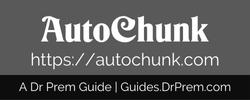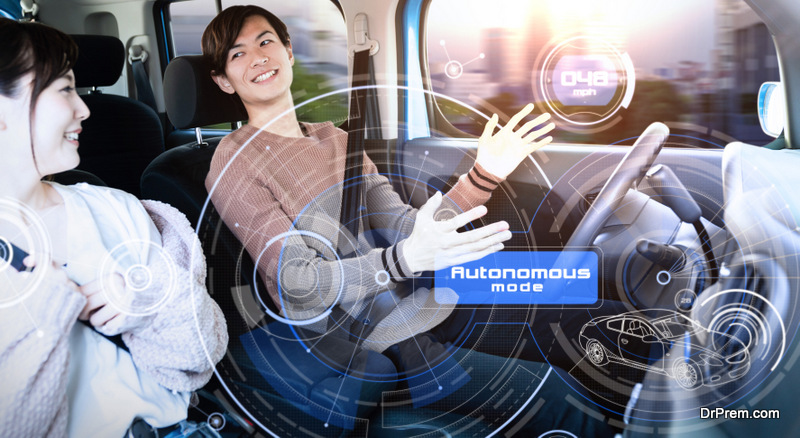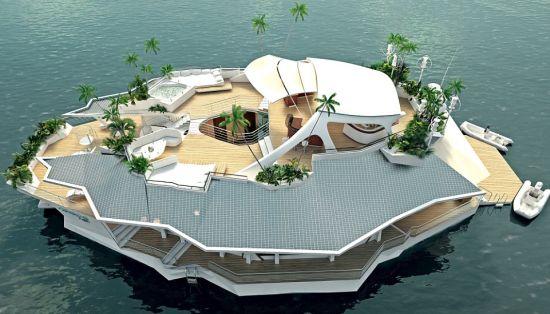Autonomous vehicles or self-driving cars present a picture of a utopian future where there would be no human drivers making human mistakes on the roads. Driverless cars would have sensors and the software and artificial intelligence to control, drive and navigate cars. All the roads would be full of autonomous cars making our lives easier and safer. Or, that is the promise that autonomous car developers are making. Are completely autonomous vehicles possible or not, and even if they are, how feasible are they in real life?
Different types of autonomous vehicles
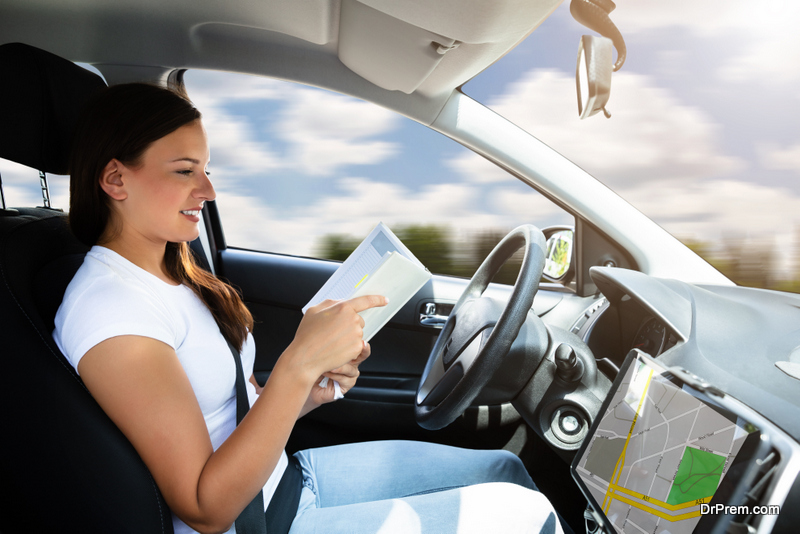
All the manufacturers are bent on convincing people that autonomous cars are definitely possible, and we will soon be seeing them on the roads. This expectation has been there for several years now, but the autonomous vehicles sector is making little progress at this point.
Before we get on to discussing whether we would be zooming around in AI driven cars, let us get to know the different types of autonomous cars.
Level 0–The lowestform of autonomous cars, all the major systems are human controlled.
Level 1–Only a few systems, such as automatic braking and cruise control are AI controlled, one system at one time.
Level 2 -At this level, two functions of the car, such as acceleration as well as steering are automatically controlled, but requires humans for the safe operation of the car.
Level 3–Under specific conditions, the car can drive and manage all the functions required for safety but the driver has to take over when alerted.
Level 4–At this level, the car is completely autonomous in certain driving scenarios.
Level 5–The car is completely autonomous in all kinds of situations.
As of now, there are a few partially autonomous cars on the road, but due to several glitches, including the death of few people during the testing of fully autonomous cars, manufacturers are warily predicting a timeframe for the release of these ‘safe’ cars.
How do autonomous cars work?
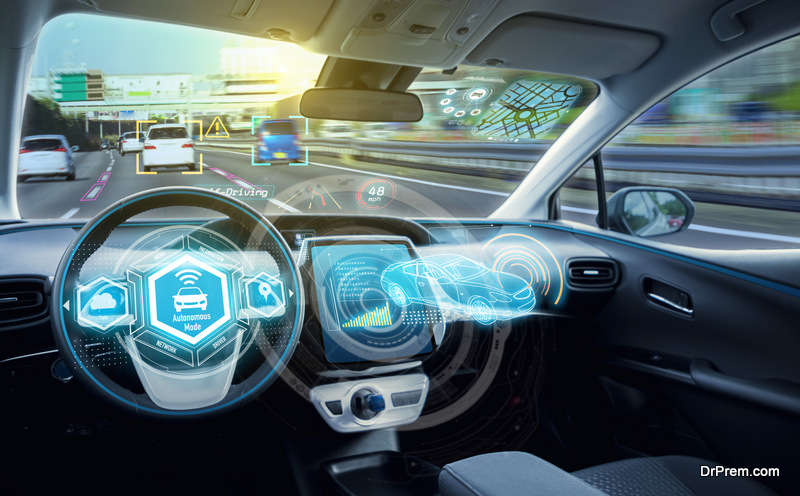
Before we take a look at the problems with self-driving cars, let us understand about the way they work, and the different self-driving technologies. The main companies in the segment are Uber, Google, Tesla and Nissan, though there are a few other companies which are developing self-driving cars.
Though the design varies, the common component is an internal map of the external environment, with a wide range of sensors such as radar. The autonomous car prototypes from Uber use 64 laser beams, apart from other sensors to construct their maps, whereas Google has used radar, lasers, sonar and high-resolution powerful cameras.
The software in the car then processes all the inputs, then plots path/s, and sends instructions to the car’s ‘actuators’. These ‘actuators’ control acceleration, braking, steering and so on. Predictive modeling, object discrimination (differentiating between motorbike and bicycle), obstacle avoidance software and other hard-coded rules help the autonomous cars to follow all traffic rules and navigate through traffic.
Partially autonomous cars might require humans to intervene if the systems encounter some confusion in navigating etc, but fully autonomous carsmay not have even a steering wheel.
There would be another differentiation between the types of autonomous cars – whether they are connected or not. Connected cars would be able to communicate with infrastructure and other vehicles. However, most of the prototypes do not have the ability currently.
Challenges facing autonomous cars
1. Cost

The benefits and costs of autonomous cars are hypothetical currently. Prototypes have been developed but it will take quite some time before these cars are mass produced and only then can we get an idea of the cost. It is not going to be cheap initially, for sure, due to the technology being used in them.
2. Safety
Safety is amajor problem with self-driving cars, or rather one of the biggest concerns. Millions of people around the world die in car crashes every year. Human error is supposed to be one of the main reasons for fatal crashes. Autonomous car manufacturers claim that the AI driven cars are safer than human driven cars, and that would result in fewer crashes due to human error.
Autonomous cars have been tested on the roads where other cars are being driven too, but there has to be more tests done. Besides, the manufacturers have not been very forthcoming about their safety features and they need to reveal more information about their self-driving car’s safety to help people make informed decisions.
In connected vehicles, there is an added concern of cybersecurity. Users’ personal information may be hacked into or unscrupulous people can hack into the car’s system and take control of the car.
Some experts are of the opinion that even though self-driving cars might turn out to be efficient, even then it can be said that a human driven car with advanced assisted systems will be better and safer than autonomous cars.
3. Might create unemployment

A problem with self-driving cars that could affect the lives of millions and the economy is that they might take away the jobs of millions of people who pursue driving as employment.Transportation companies such as Uber and other cab companies, individuals, corporate and so on, employ millions of drivers for their cars. All of these people would be out of a job if fully autonomous vehicles became the norm.
4. Environmental impact
The impact of autonomous cars is uncertain. Driverless cars may be available in time,and become affordable, accessible and efficient, but use conventional fuel, then the number of these cars would increase as well as the emission. But if the vehicles are powered by clean and green fuel, and paired with green electricity grids then the emission due to transportation would drop. Especially if people shared rides through Uber or Lyft, then the emission would drop further.
Benefit of autonomous cars

Self-driving cars would be great to mobilize those who cannot drive, such as elderly people and the disabled. They would achieve independence in moving around without the help of others, which would enhance their quality of life. And if self-driving cars are truly as safe as they are claimed to be, then they would certainly be life-saving for many people.
When would autonomous vehicles become available?

Although there are cars with few autonomous features, but he question uppermost in the minds of people is when would completely self-driving cars become available. Many companies are in the race to produce autonomous vehicles, but it seems as though the day is still far. Waymo’s CEO John Krafik, Tesla’s CEO Elon Musk and Cruise’s CEO Dan Ammann had made aggressive claims about the timeline, which were missed, and they have had to reset the dates. There is no clear idea on when driverless cars be available and be seen on the roads.
There was a great excitement about autonomous vehicles a few years ago, but the spirit was dampened due to setbacks of accidents occurring during tests, raising questions about their safety. That has made manufacturers cautious about their release to the public. Manufacturers are conducting intensive tests to cover all kinds of incidents which might occur on the roads, so that the cars can be programmed to act in a safe manner on the roads.
However, till we actually see autonomous vehicles on the roads, we cannot say whether they are as good as claimed by manufacturers or they would need human supervision in order to avoid unprecedented events on the roads.
